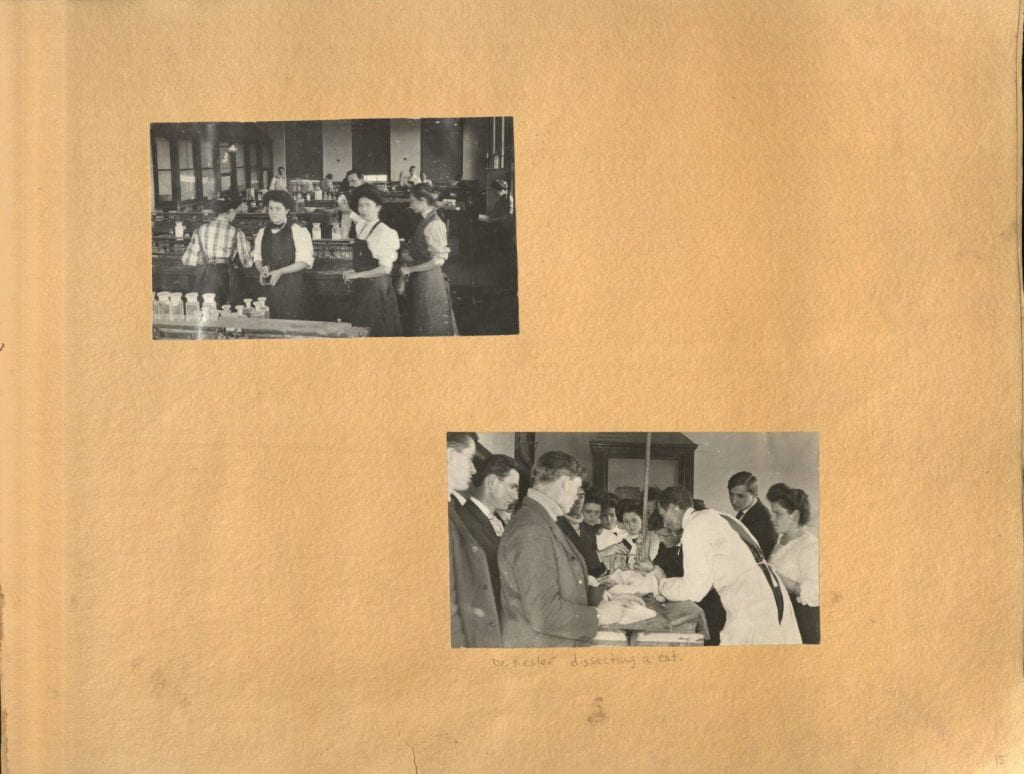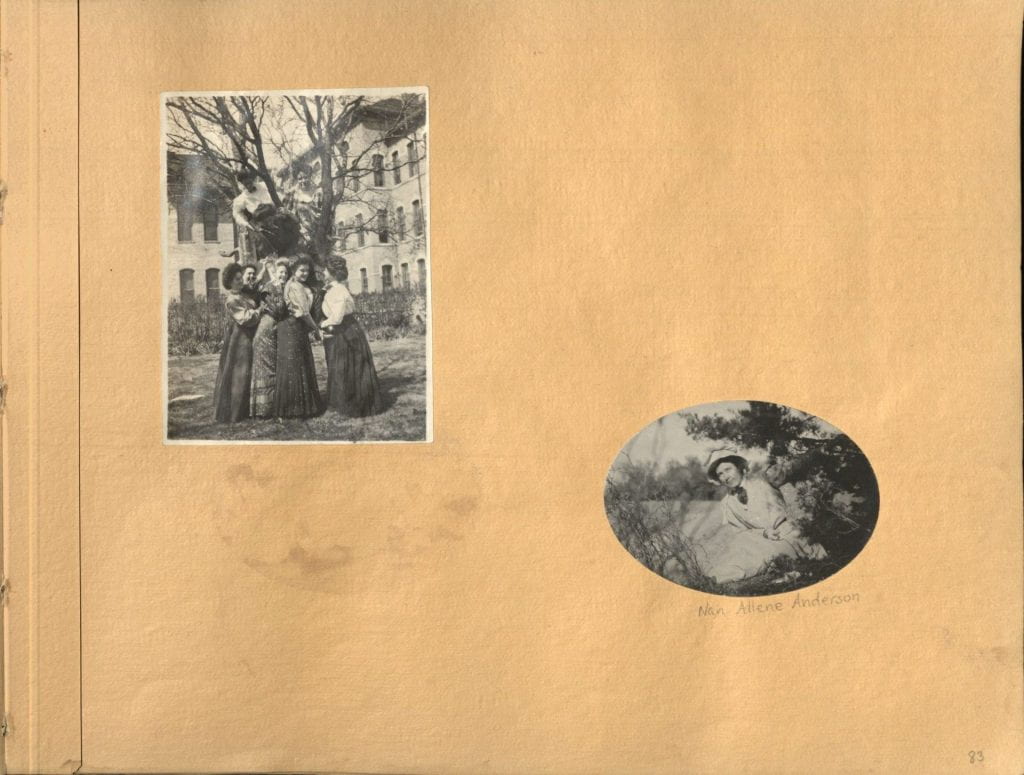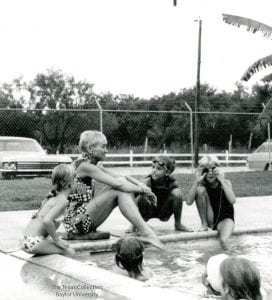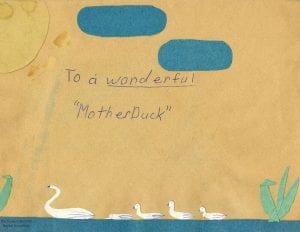By Geoff Hunt, Audio and Visual Curator, The Texas Collection, Baylor University
While out antiquing locally in Waco, Texas, I came across an old photograph in the corner of an antique store booth. It was the only photo in site amongst an assortment of vintage household goods. It was a sepia-tone gelatin silver print mounted on board, and appeared to be from the 1900s. The content included a woman sitting on a front porch reading a magazine with a dog beside her. In the corner of the photograph was her name and address: “Home of Mrs. Cobb, 812 N. 6th Street, City,” and the photographer’s name “Greene, Waco,” with their main address: “Chauncey A. Greene, Kansas City, Mo,” included as well. It all seemed interesting and The Texas Collection is always looking for old photographs of Waco, the state of Texas, and Baylor, but this one seemed especially unusual given the name of the woman in the photo: “Cobb,” so it seemed like a logical decision to buy and add it to our collection.


The first thing we do at The Texas Collection when finding photographs such as this is to try and describe to the best of our ability to enable potential researchers to find them in our Baylor Archival Repositories Database. However, in this case it was much easier to do so with the name and an address included directly on the photo. If we are lucky, someone writes this type of information on the back by hand, but this is not always the case. Consequently, many photos go unidentified. With this particular photo, we were able to check our 1913 Waco City Directory (see below), and discover that the woman in the photo is Feriba Cobb. The directory lists her as the occupant as well as being a nurse by profession.

Feriba Cobb was the second wife of the Reverend Stephen Cobb, first pastor and a founding member of Waco’s New Hope Baptist Church. Feriba and Stephen had 10 children with the last 2 dying in infancy. They were: Jacob Cobb, Ruby Cobb Smith, Mae Ollie Cobb Spiller, Esau Cobb, Jessie Cobb Bledsoe, Oscar Cobb, Newton Smith H. Cobb, Naomi Ruth Cobb, Willhimena Cobb, and Isaac Conner Cobb. Many of them went on to become educators and other professionals. One of their girls, Jessie Cobb, went on to marry Henry Bledsoe and had one child: Julius Lorenzo Cobb Bledsoe, more commonly known as “Jules” Bledsoe.
So the old antique store photograph was very unusual, indeed, given that the lady in the photograph, Feriba Cobb turned out to be the grandmother of Jules Bledsoe, an internationally known opera singer, and most remembered for his version of “Ol’ Man River” in the musical production “Showboat.” Feriba Cobb died in 1935 at the age of 77, and is buried in Greenwood Cemetery in Waco. Now after discovering the identity and information behind the photograph, it will be reunited with the rest of the Smith and Cobb Family’s photographs and material in the Smith-Cobb Family collection here at The Texas Collection, Baylor University. We even had some existing photographs of Feriba in this collection, and we will be reuniting this one with them. The Texas Collection also has the archival papers of her famous grandson in the Jules Bledsoe papers. In conclusion, it’s always very rewarding to find old photographs such as this and place them where they belong, and in this case, carefully preserved in an archival collection with the Smith and Cobb family’s name.





























